Tasting Spain’s Most Delicious Tapas
We have to admit that while we thoroughly enjoyed our trip to Spain, there was one aspect that stood out above the rest: the food.
We have to admit that while we thoroughly enjoyed our trip to Spain, there was one aspect that stood out above the rest: the food.
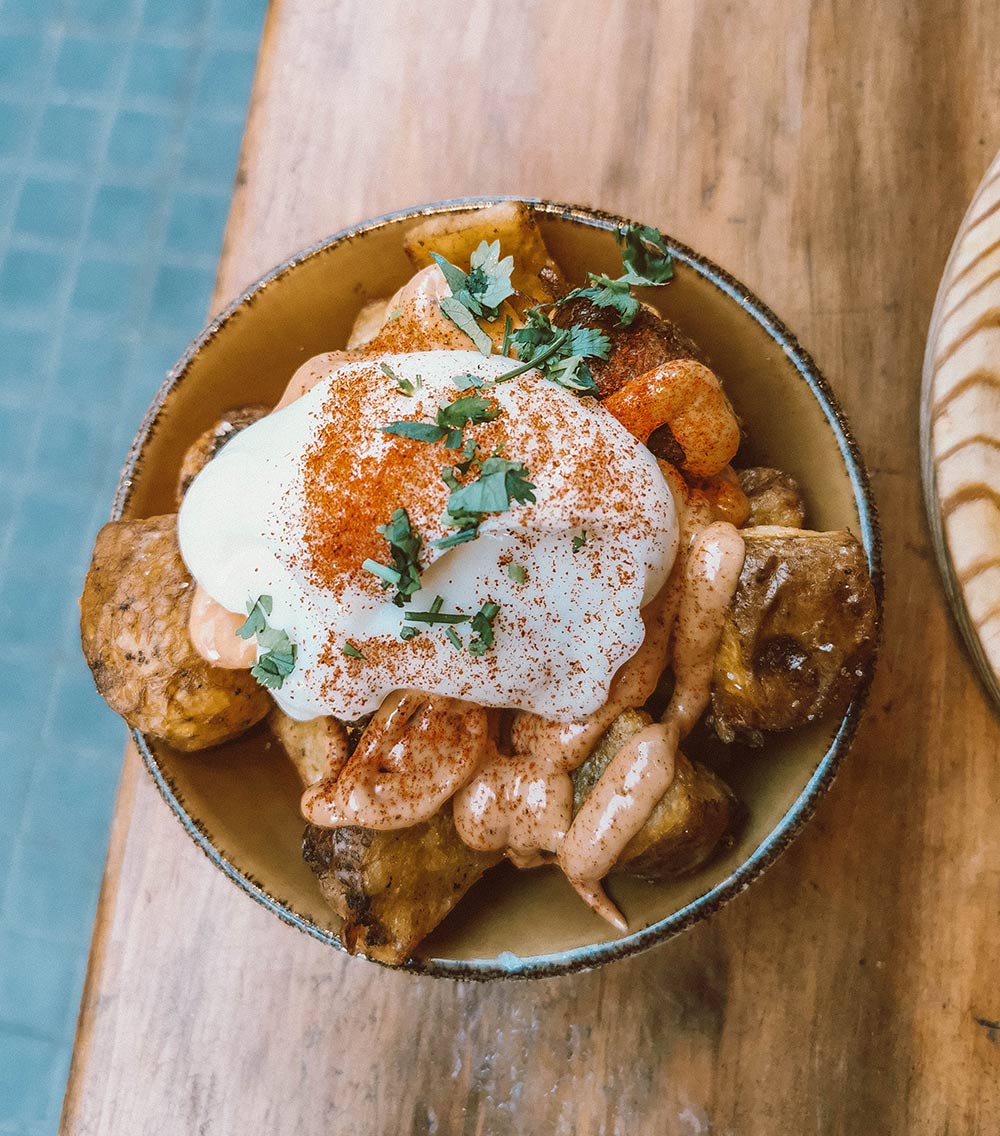
Of course, we were also captivated by the stunning architecture, the warmth and hospitality of the people, and the breathtaking scenery, but it was the food experience and the delicious tapas that truly left a lasting impression on us. We indulged in a wide variety of dishes, each bursting with bold and vibrant flavors, and we couldn’t help but be impressed by the creativity and innovation of Spanish cuisine.
We will write you about the best tapas we tried and some suggestions about where you can find them.
Caution! Do not read this article if you are hungry right now! 😜
Tapas are small finger foods that are typically eaten with drinks at lunchtime or in the early evening. The name comes from the Spanish verb tapar, meaning to cover, as the dish originated in Andalusia, where drinkers covered their glasses with bread or meat to keep out dust and flies.
While tapas were originally simple dishes of olives, mussels, or anchovies served on a small plate, today they can be made from almost any type of ingredient in small portions.
Generally, we always recommend you to explore the smaller, less crowded neighborhoods instead of sticking to the main tourist areas. While some touristy areas may have great restaurants, they may also have many places that are not providing the most authentic or high-quality food.
In addition, do not hesitate to ask locals or check the reviews in platforms such as TripAdvisor.
And lastly, avoid restaurants with photos of food outside.
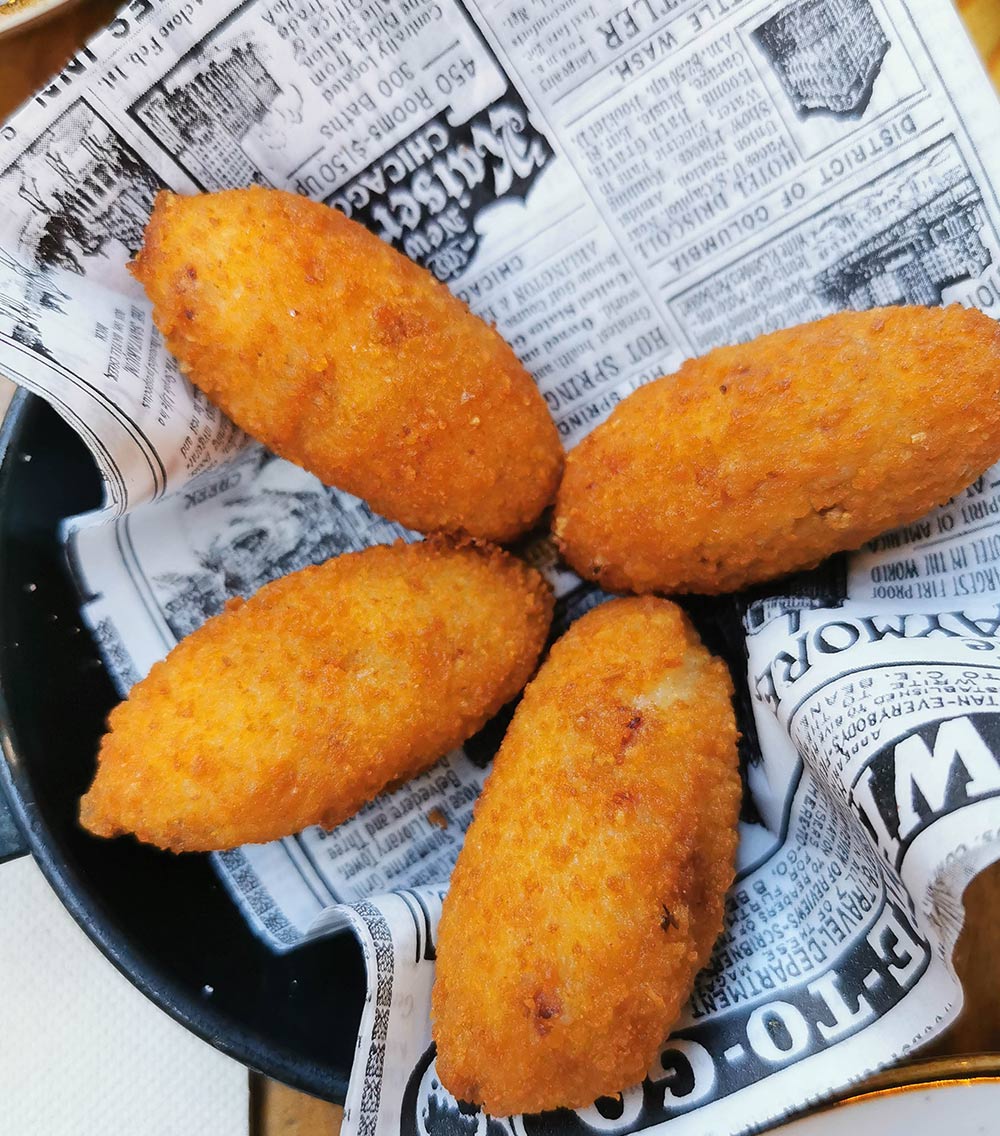
The classic Spanish croquettes are typically made with a chilled, buttery béchamel base shaped into round or cylindrical patties, coated in breadcrumbs and egg wash, and then fried until they become crispy and golden. There are various types of croquettes in Spain, but the most popular versions include ham or shredded chicken in the béchamel base. However, other ingredients such as mushrooms, cod, or shrimp are also commonly used.
Recommended Places: El Rinconcillo in Seville, Casa Labra in Madrid

Patatas bravas is a classic tapas food that features potatoes cut into small cubes and generously covered with a fiery tomato sauce that includes onions, garlic, chili powder, and paprika. The dish is conventionally accompanied by aioli sauce on the top, but a range of alternative toppings can also be ordered, including slices of chorizo or fried fish.
Recommended Places: Docamar in Madrid, Bar Tomás de Sarrià in Barcelona
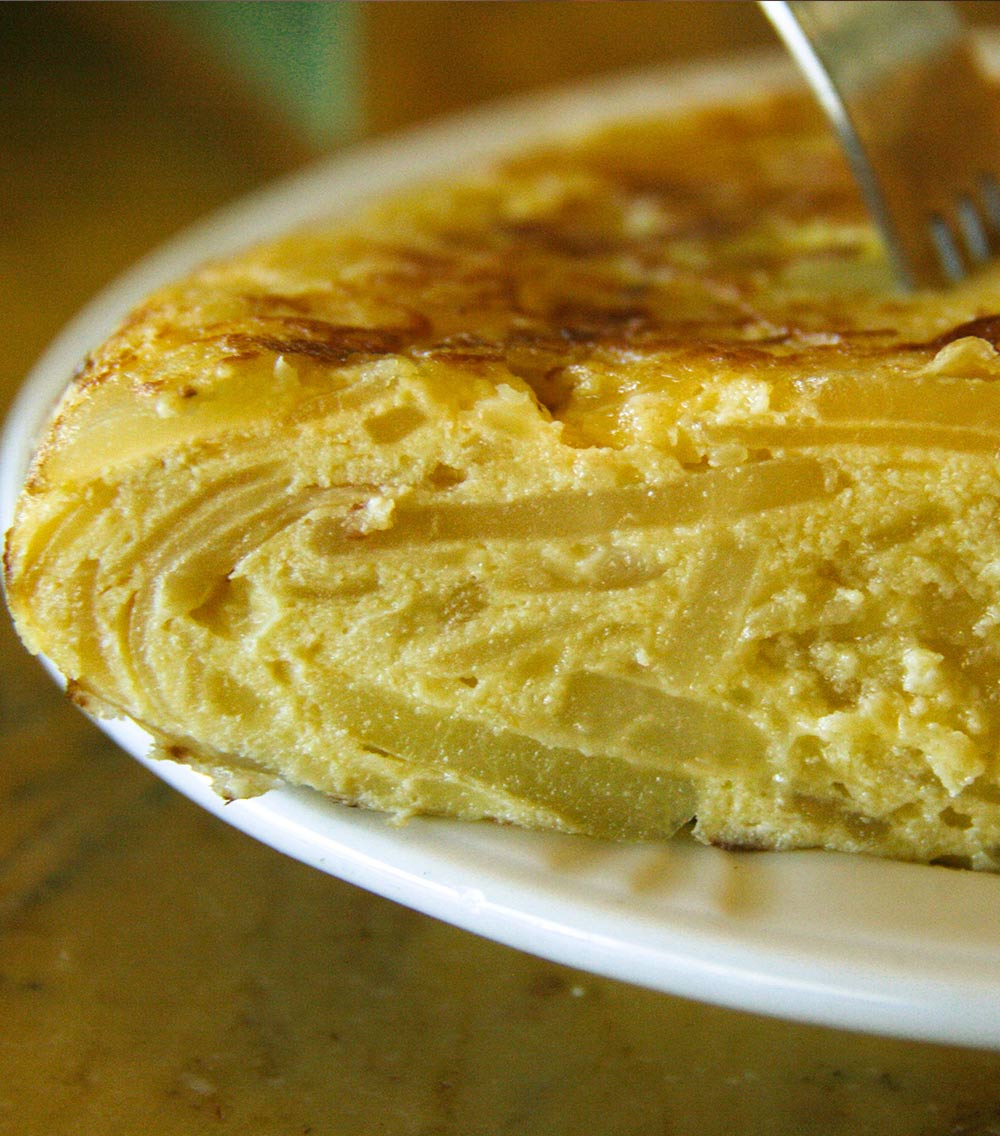
This dish is a thick omelette made from thinly sliced potatoes and eggs. Regional variations may include ingredients like chorizo sausage, zucchini, green bell peppers, or mushrooms. It is recommended to pair it with a glass of bold red wine.
Recommended Places: Bar Nestor in San Sebastián, Cal Pep in Barcelona
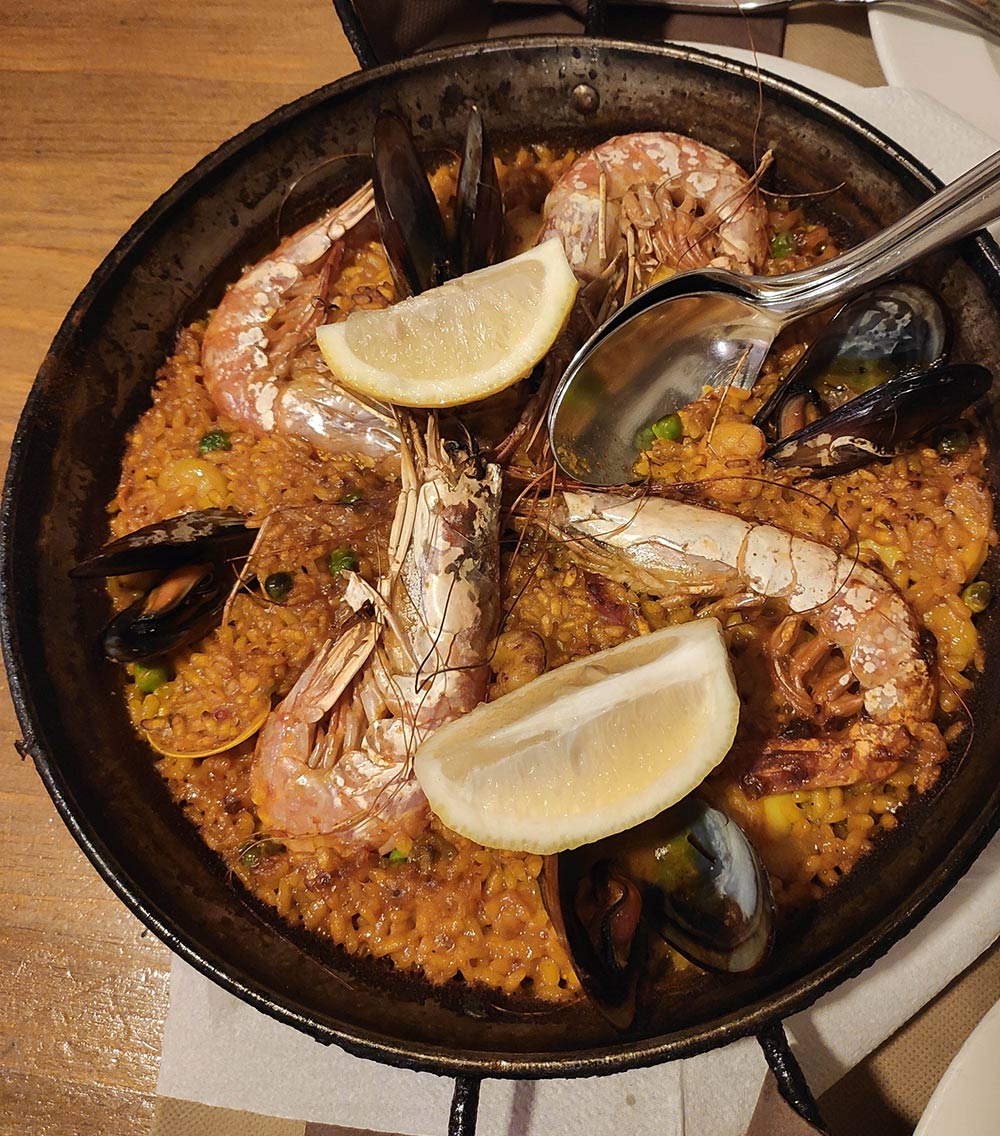
A dish made by cooking shrimp in a pan with minced garlic, lemon juice, paprika, and olive oil. The dish is often served with some crispy bread to soak up the tasty sauce.
Recommended Places: La Casa del Abuelo in Madrid, Vinitus in Barcelona
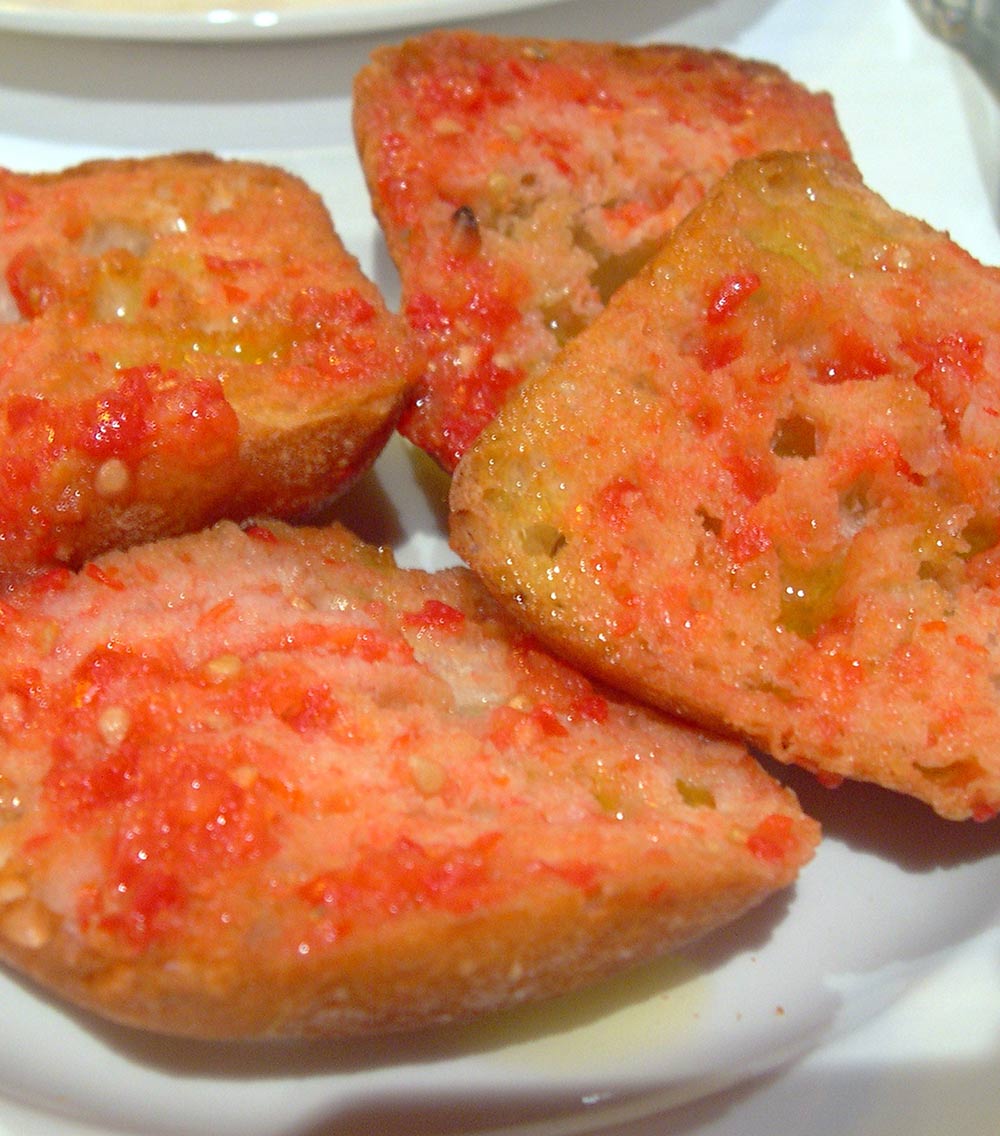
It is a traditional Catalan dish made by rubbing slices of toasted bread with tomatoes, sprinkling them with salt, and drizzling them with olive oil. Pa amb tomàquet is commonly eaten for breakfast or before a large meal, and there is a variation from Mallorca called pamboli amb tomàtiga that includes capers and black olives.
Recommended Places: Paco Meralgo in Barcelona, El Xampanyet in Barcelona
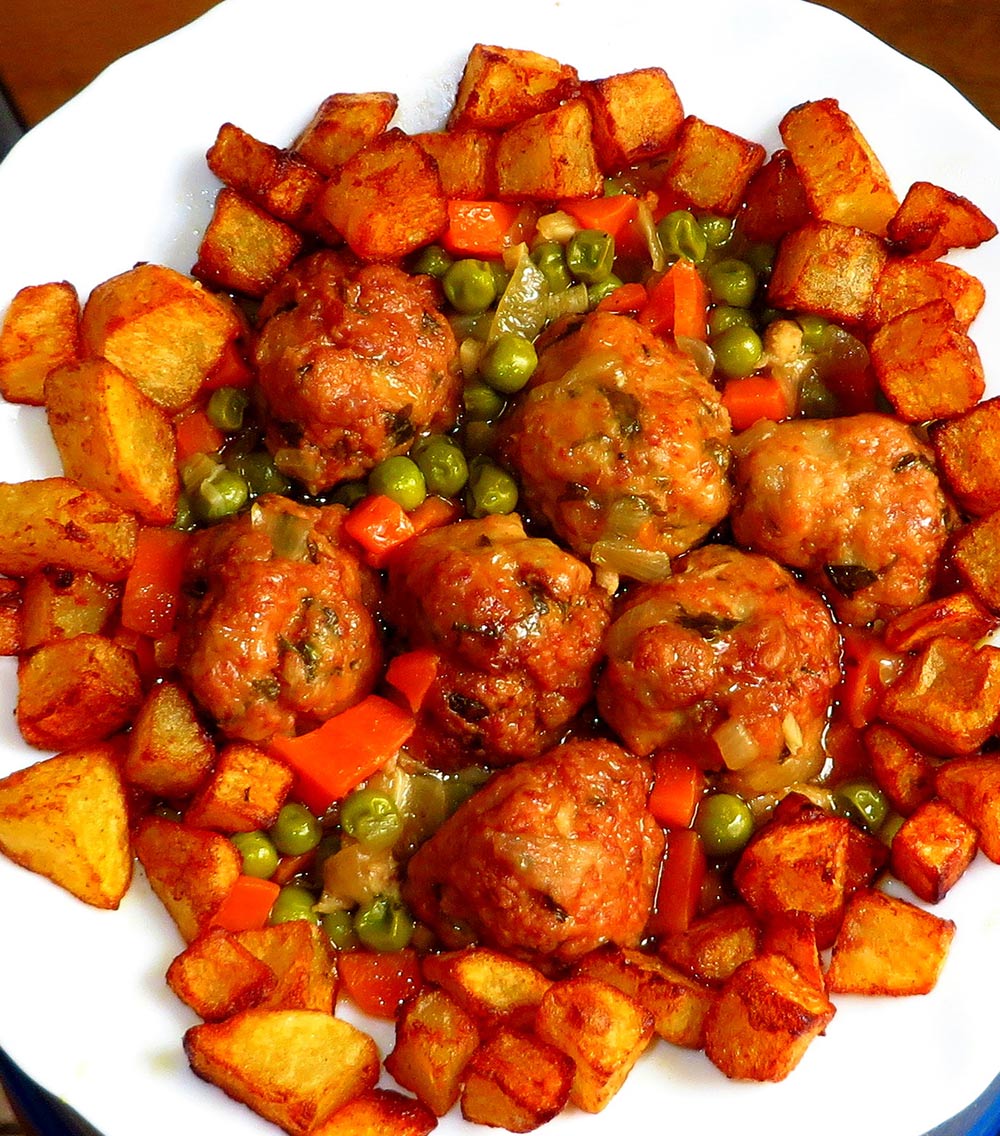
It is made up of small meatballs that are cooked in a rich tomato sauce. The meatballs are typically a combination of beef, pork, and veal, along with breadcrumbs, parsley, eggs, garlic, flour, and seasoning. The sauce is made with garlic, onions, tomatoes, red wine, olive oil, paprika, salt, and stock.
Recommended Places: La Sitarilla in Granada, La Bombilla in A Coruña
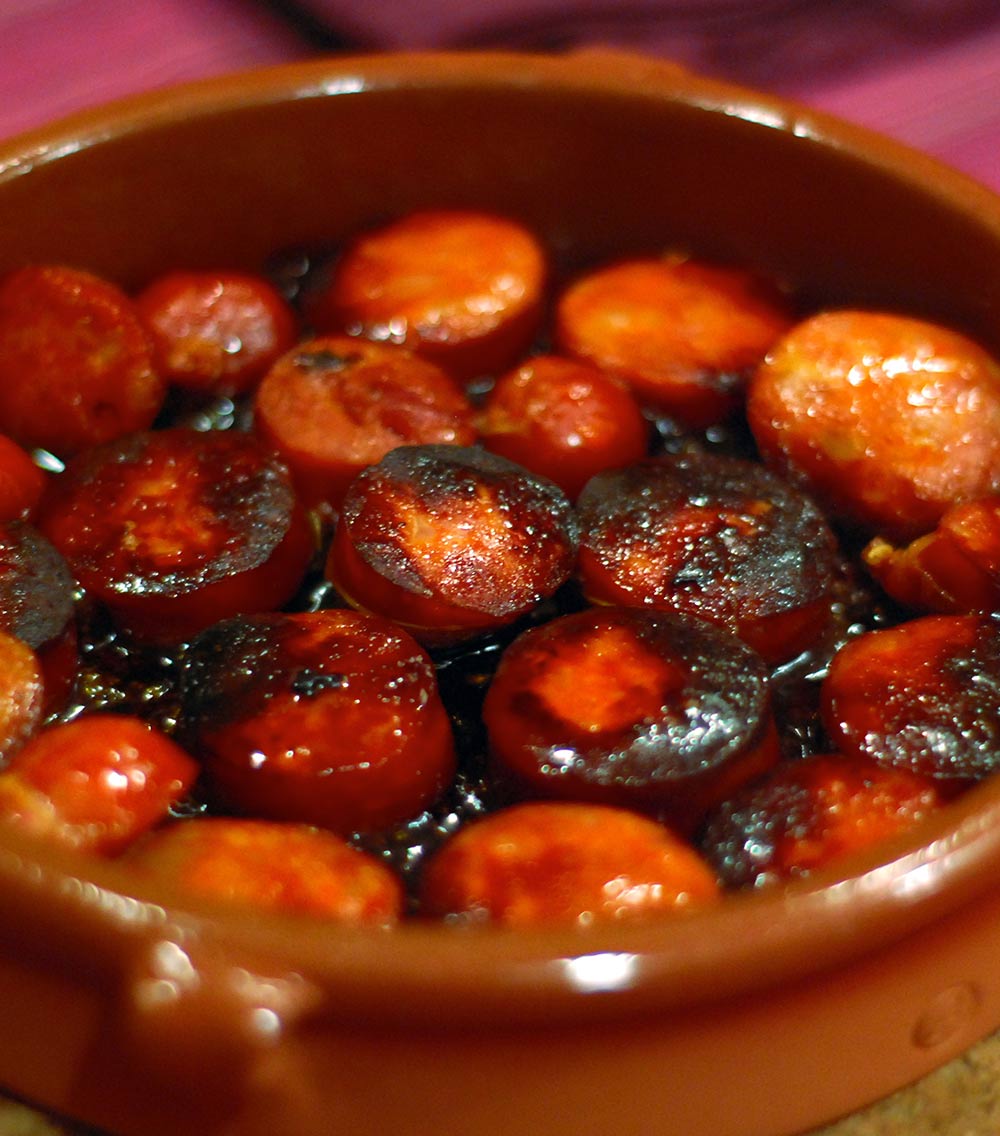
Chorizo a la sidra is a classic tapa that originates from Asturias. The dish involves frying thick slices of fresh or uncured chorizo sausage in olive oil and Asturian apple cider until the liquid has reduced. It is typically served warm in small clay pots and is best enjoyed alongside a glass of Sidra de Asturias.
Recommended Places: Casa Mingo in Madrid, Taller de Tapas in Barcelona
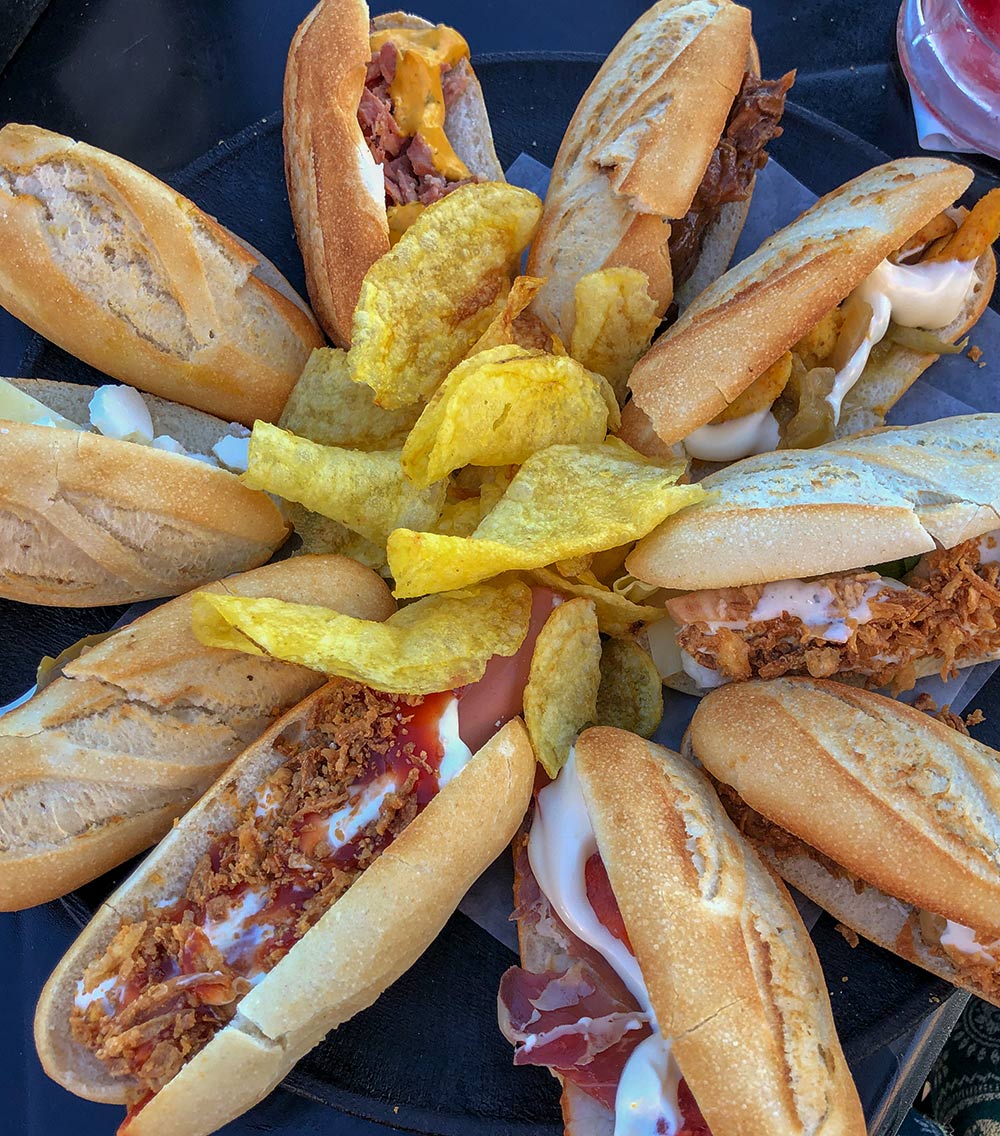
Montaditos are open-faced sandwiches that date back to the 15th or 16th century. These sandwiches are made using thin elongated bread slices that are topped with various ingredients such as smoked meat, chorizo sausages, cheese, pickled vegetables, and seafood. Montaditos are highly customizable and there are no specific rules on which ingredients should be used or how they should be combined.
Recommended Places: Quimet y Quimet in Barcelona, Tanto Monta in Valencia
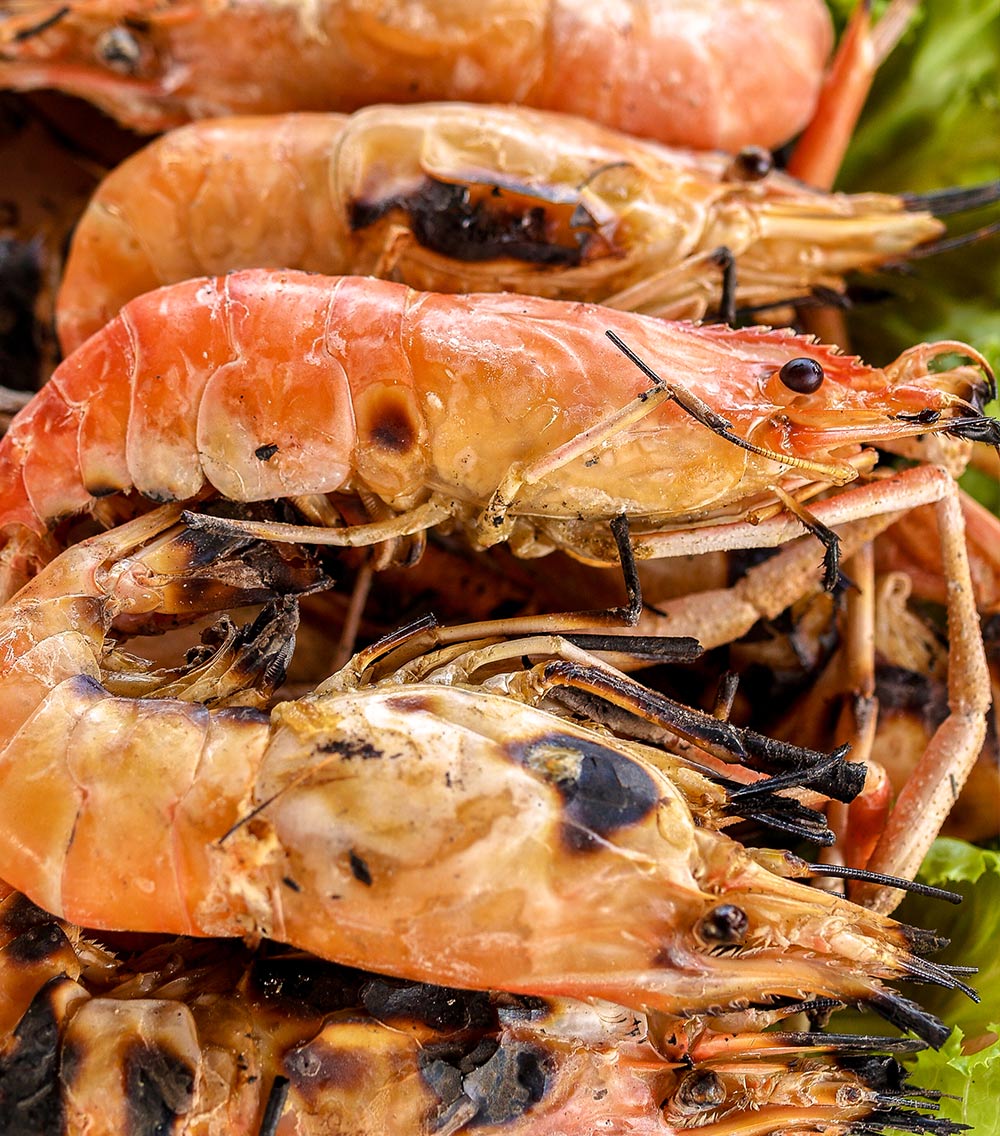
It consists of whole shrimps that are seasoned with salt and grilled on an iron skillet over high heat. The dish is typically served with a squeeze of lemon or lime juice on top, and black pepper can be added if desired.
Recommended Places: La Casa del Abuelo in Madrid, Bar Goiz-Argi in San Sebastián
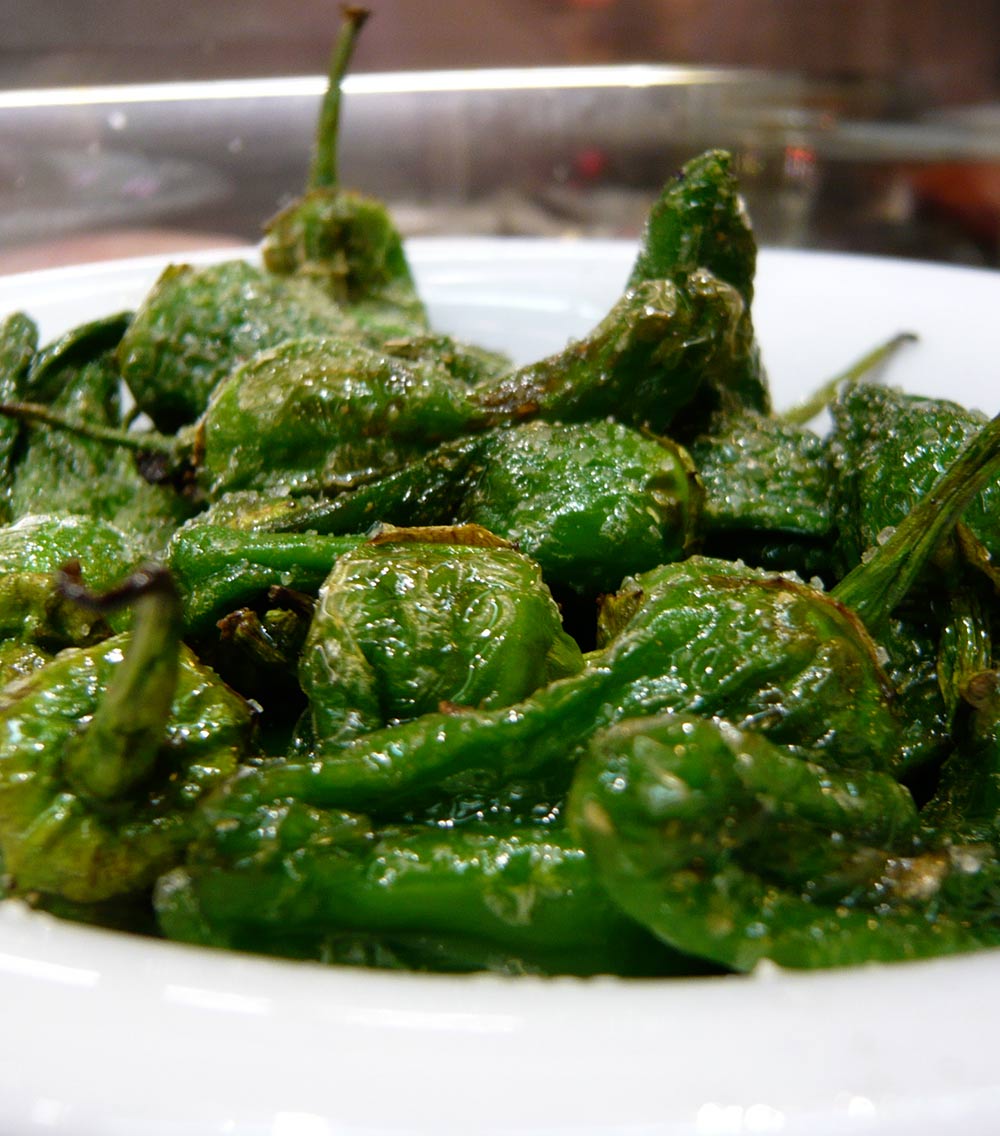
The Padrón pepper, a type of Galician pepper that originates from the Padrón region, varies in color from bright green to yellowish green. While generally mild in taste, around one in every ten peppers is extremely spicy, making it difficult to differentiate between them until you try them.
Recommended Places: La Bombeta in Barcelona
So first of all, we tell you that you have to visit several tapas bars in one night, ordering a different dish and drink at each one. The usual practice is to consume a single tapa and one drink and then proceed to the next bar.
Do not hesitate to try a dish you’ve never had before and remember that each tapas bar may have its own speciality, so ask to find out what this is.







No Comments